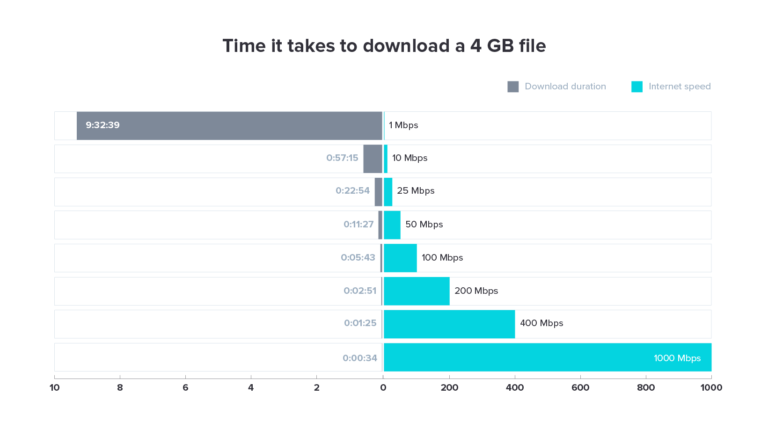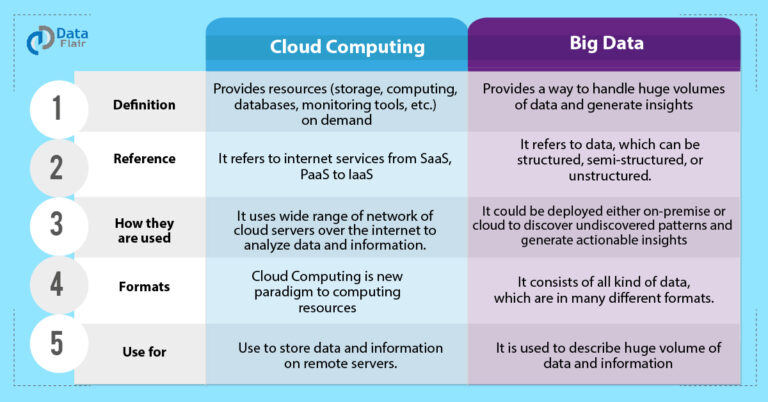What Is The Weakest Link In Cyber Security?
Cyber security is an ever-evolving field, and as technology advances, so must the security measures taken to protect data. With so many potential attack vectors, it can be difficult to determine the weakest link in cyber security. The weakest link in cyber security can be any number of different things, from software vulnerabilities to human error. It is important to recognize the potential weakest link in your organization’s cyber security system and to take steps to protect against it. This could include patching vulnerable software, training employees on best cybersecurity practices, and using strong authentication methods to protect sensitive data. By taking these steps, organizations can better secure their data, and reduce the risk of a successful attack.
Definition of Cyber Security Weakness
Cyber security weakness is any vulnerability that can be exploited by malicious actors to gain access to confidential information or networks. Weaknesses can stem from a variety of sources such as misconfigurations, outdated software, or inadequate security practices. Exploiting these weaknesses can lead to data breaches, theft of confidential information, and other malicious activities.
It is important to understand the various types of cyber security weaknesses and the steps that can be taken to reduce their impact. Common weaknesses include misconfigurations, weak authentication protocols, human error, system vulnerabilities, and malicious code. By understanding the different types of weaknesses and the corresponding threat vectors, organizations can better prepare for and mitigate potential cyber security threats.
Organizations should also be aware of the potential consequences of cyber security weaknesses. These can range from financial losses due to data theft to reputational damage due to public disclosure of confidential information. It is important to take steps to identify and address these weaknesses before they can be exploited by malicious actors.
To reduce the risk of cyber security weaknesses, organizations should regularly audit their systems and implement appropriate security measures. This includes patching and updating software, implementing strong authentication protocols, and providing training and education to employees on cyber security best practices. By taking these steps, organizations can better protect their networks and reduce their risk of cyber security attacks.
Types of Cyber Security Weaknesses
Cyber security weaknesses come in a variety of forms, and it’s important to understand what they are in order to stay ahead of attackers. A vulnerability is a flaw or defect in hardware, software, or a process that can be exploited by a hacker to gain unauthorized access to a system. Common vulnerabilities include weak passwords, unpatched software, and outdated encryption algorithms. Exploits are malicious programs or code that take advantage of vulnerabilities to gain unauthorized access. Common exploits include phishing attacks, malware, and ransomware.
Another type of cyber security weakness is misconfiguration. Misconfigured systems often have security settings that are too lax, allowing hackers to more easily access sensitive data and systems. Additionally, poor user education can lead to users making mistakes that expose systems to attacks. Poor security practices, such as failing to patch systems on a regular basis, can also create weaknesses.
Finally, cyber security weaknesses can be caused by a lack of resources. Organizations may not have the people, time, or money to properly maintain their security systems, leaving them vulnerable to attack. Organizations should ensure that they have adequate resources, including budget, personnel, and training, to properly implement and maintain their security systems.
By understanding the various types of cyber security weaknesses, organizations can take steps to mitigate their risks and protect their networks. Implementing strong authentication measures, keeping systems up to date, and educating users can help to reduce the risk of attack.
Impact of Cyber Security Weaknesses
Cyber security weaknesses can have a huge impact on any organization. Exploiting these weaknesses can lead to data breaches, financial losses, reputational damage, and even legal repercussions. It is therefore essential that organizations are aware of the potential weak links in their cyber security systems.
The weakest link in cyber security is often the human element. People are susceptible to mistakes, missteps, and malicious intent. As such, they are the most likely to be exploited by hackers. The most common ways that people can be exploited include phishing attacks, social engineering, and password reuse.
Organizations must ensure that they have adequate security measures in place to protect their systems from cyber threats. This includes implementing strong authentication protocols, educating staff on cyber security best practices, and actively monitoring their systems for potential threats. Additionally, organizations should have a plan in place that outlines how to respond in the event of a cyber security incident.
Overall, cyber security weaknesses can have a serious impact on an organization’s operations. While it is impossible to completely eliminate the risk of a security breach, organizations can take steps to minimize the chances of a data breach or other security incident. By understanding the potential weak links in their cyber security systems and implementing the necessary measures to protect their systems, organizations can ensure that their systems remain secure.
Best Practices for Mitigation of Cyber Security Weaknesses
Cyber security is a complex and ever-evolving challenge that requires a multi-faceted approach for successful mitigation. As businesses try to stay ahead of the constantly evolving threats, they must have a comprehensive understanding of their cyber security weaknesses and the best practices for mitigation. Cyber security weaknesses come in many forms, from human error to technical vulnerabilities. Companies must be aware of these weaknesses and be proactive in mitigating them.
The weakest link in cyber security is the human element. Human error is a major factor in many cyber security breaches and incidents. Even the most sophisticated security systems can be compromised due to human error. Organizations must ensure that their employees are trained and educated on the latest cyber security best practices, including the use of strong passwords, two-factor authentication, and other security measures. Additionally, organizations should develop policies and procedures to ensure that their employees are adhering to these best practices.
Organizations must also be aware of any technical vulnerabilities in their systems. Technical vulnerabilities can include outdated software, unpatched systems, and weak network configurations. Companies should have an up-to-date inventory of their systems, and regularly patch and update their software and hardware. Additionally, they should have a system in place to monitor and detect any potential threats or weaknesses in their network.
Finally, companies should invest in cyber security solutions that can help them better protect their networks against potential cyber threats. This can include firewalls, intrusion detection systems, and antivirus software. These solutions should be regularly updated and monitored to ensure that they are functioning properly.
By understanding the potential cyber security weaknesses and implementing the best practices for mitigation, organizations can ensure that their networks are better protected against potential threats. Human errors should be minimized with the help of employee training and education, while technical vulnerabilities should be addressed through regular patching and updates. Organizations should also invest in the necessary cyber security solutions to protect their networks against potential threats.
Technologies to Strengthen Cyber Security
Cyber security is a top priority for businesses, government entities, and individuals around the world. But despite the importance of maintaining a secure online presence, it is often the weakest link in an organization’s security. This is due to the fact that cyber threats are constantly evolving and becoming increasingly sophisticated. So, how do you ensure that your organization is prepared to face these threats? The answer lies in investing in technologies that can strengthen your cyber security.
Technologies such as firewalls, antivirus software, and encryption systems can help protect your data and systems from attack. Firewalls are essential for preventing unwanted access to your network. Antivirus and anti-malware software can detect and block malicious software from entering your system. And encryption can help protect confidential information from being stolen or accessed by unauthorized individuals.
In addition, organizations should consider investing in technologies such as identity management, authentication, and access control. These technologies can help verify the identity of users accessing your system, limiting the risk of unauthorized access. Organizations should also consider adopting cloud-based storage solutions, which can help protect data from being lost or stolen.
Ultimately, investing in the right technologies can help protect your organization from cyber threats. By taking the time to research and invest in the right technologies, you can ensure that your cyber security is as strong as possible.
Conclusion
Cyber security is a complex and multi-faceted issue that requires constant vigilance and effort from all stakeholders. In its pursuit to protect valuable assets from malicious actors, there is a need to recognize the weakest link in the chain and take necessary steps to strengthen it. As the threats become more sophisticated, organizations must keep up and invest in the right tools and personnel to ensure that the weakest link in their cyber security is identified and addressed. The effectiveness of cyber security measures can never be taken for granted and each organization must strive to remain ahead of the curve and be prepared for any eventuality.
FAQs About the What Is The Weakest Link In Cyber Security?
Q1. What is the most common weak link in cyber security?
A1. The most common weak link in cyber security is poor password security. Weak passwords can be easily cracked using simple methods, leaving your data vulnerable to attack.
Q2. What are some other weak links in cyber security?
A2. Other weak links in cyber security include outdated software and systems, inadequate security protocols, lack of user education, and poor user authentication.
Q3. How can I strengthen the weak links in my cyber security?
A3. You can strengthen the weak links in your cyber security by implementing strong password policies, regularly updating your software and systems, training your users on security protocols, and using multi-factor authentication.
Conclusion
The weakest link in cyber security is the human element, as it is the most vulnerable to exploitation. Cyber criminals are adept at exploiting human errors and weaknesses to gain access to networks and systems. People are often the weakest link in the security chain, as they are susceptible to social engineering tactics and can be easily manipulated into providing access or credentials to malicious actors. Additionally, users can inadvertently introduce malware or other malicious elements by clicking on malicious links or downloading malicious software. Thus, in order to increase security, it is essential to properly train users and to implement robust security measures to protect against cyber threats.



